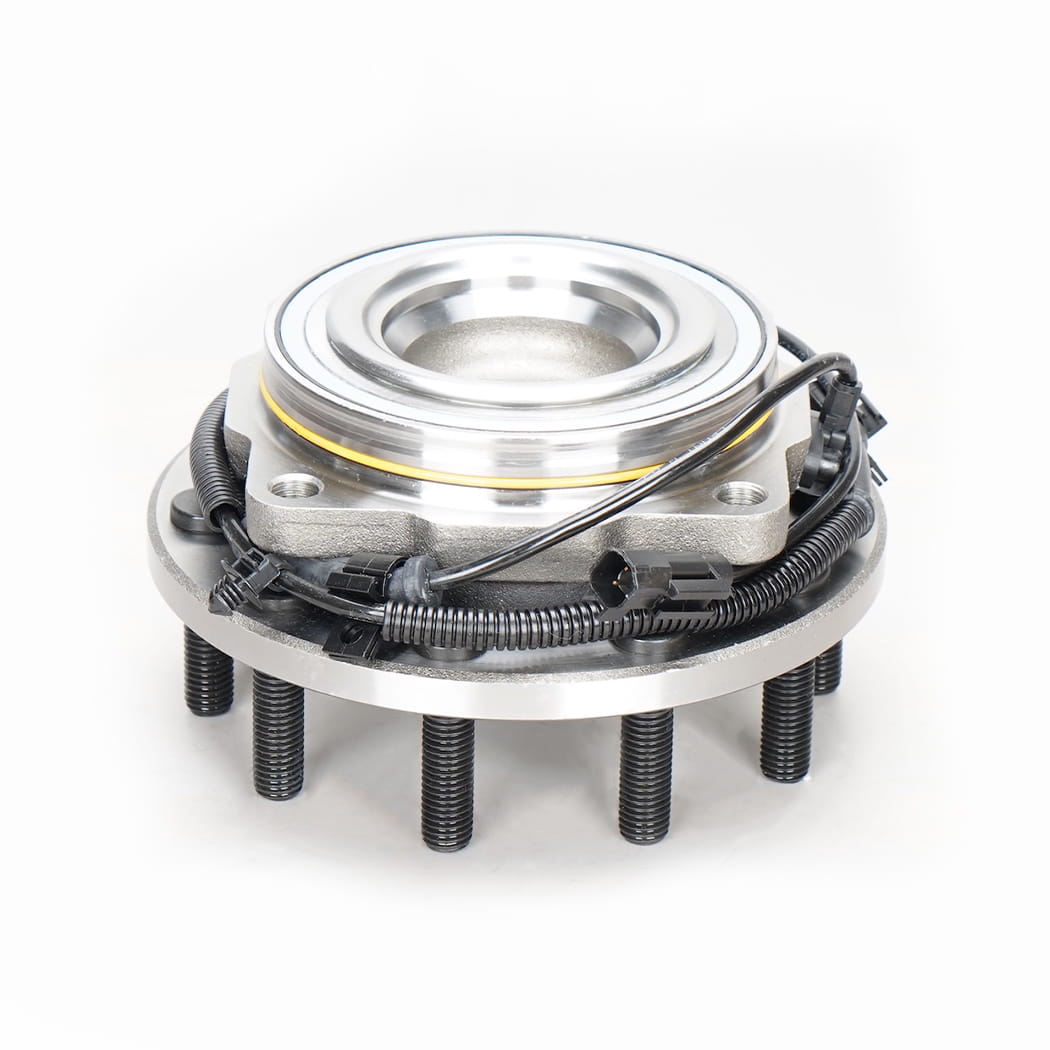When it comes to the intricate workings of a vehicle, few components play as vital a role in ensuring both safety and performance as wheel bearing assemblies. Often overlooked until they start causing trouble, these small but mighty parts are essential for maintaining smooth rides, precise steering, and overall vehicle stability. Let’s take a closer look at what wheel bearing assemblies are, why they matter, and how drivers can keep them in top condition.
At their core, wheel bearings are sets of steel balls or rollers housed within a metal ring, designed to reduce friction and allow wheels to rotate freely with minimal resistance. Encased in grease and sealed off from dirt, water, and debris, these assemblies bear the weight of the vehicle while enabling seamless motion. Without properly functioning wheel bearings, even the most powerful engine would struggle to deliver an enjoyable driving experience.
The Importance of Wheel Bearings
Vehicle Wheel Bearings Assemblies serve two primary purposes: supporting the weight of the vehicle and facilitating smooth wheel rotation. By minimizing friction between moving parts, they help conserve fuel efficiency and extend the lifespan of other components like tires and brakes. Moreover, because they’re directly connected to the wheels, any issue with the bearings can affect steering responsiveness and handling—two critical factors for safe driving.
Over time, however, wear and tear, exposure to harsh conditions, or lack of maintenance can lead to problems. A failing wheel bearing might produce unusual noises such as grinding, humming, or clicking sounds, especially when turning or driving at higher speeds. Ignoring these warning signs could result in more severe damage, including compromised braking systems or even complete wheel failure—a dangerous scenario that no driver wants to encounter on the road.
Common Causes of Wheel Bearing Failure
Several factors contribute to the deterioration of wheel bearing assemblies. One of the most common culprits is prolonged exposure to moisture and contaminants. Even though modern bearings are typically sealed, cracks or damage to the seal can allow dirt, water, or salt (from winter roads) to infiltrate, leading to corrosion and eventual failure.
Another frequent cause is improper installation during repairs or replacements. If not torqued correctly, the bearings may experience uneven pressure, accelerating wear. Additionally, aggressive driving habits, overloading the vehicle beyond its capacity, or hitting potholes and curbs can also put undue stress on the bearings, shortening their lifespan.

Maintaining Healthy Wheel Bearings
Preventive care is key to extending the life of your vehicle’s wheel bearing assemblies. Regular inspections by a qualified mechanic can catch early signs of trouble before they escalate into costly repairs. Pay attention to strange noises, vibrations, or changes in how your car handles—if something feels off, don’t wait to have it checked out.
Proper lubrication is another crucial aspect of maintenance. While most modern bearings come pre-lubricated and sealed, older vehicles with serviceable bearings require periodic greasing to ensure optimal performance. Furthermore, avoiding rough driving behaviors and adhering to recommended load limits will go a long way in preserving the integrity of these vital components.
When Replacement Is Necessary
Despite best efforts, there comes a time when wheel bearing assemblies need replacement. This process involves removing the wheel, brake caliper, rotor, and hub assembly to access the bearing. Given the complexity of this task, it’s advisable to leave it to professionals who have the right tools and expertise to do the job safely and accurately.
Choosing high-quality replacement parts is equally important. Opting for cheaper alternatives may save money upfront but could compromise durability and reliability down the line. Investing in reputable brands ensures peace of mind and reduces the likelihood of premature failure.